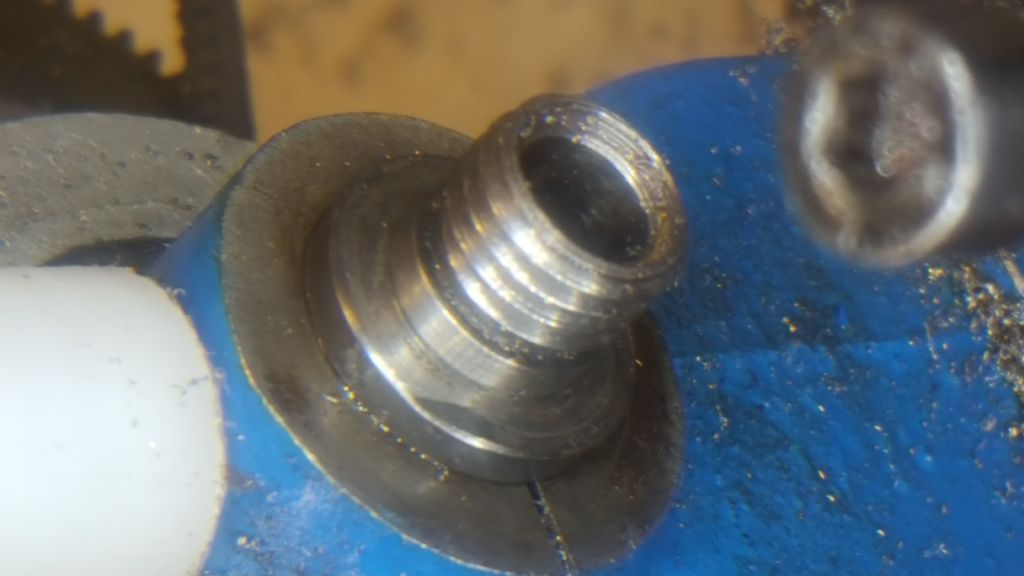Technique Required to Make Accurate Backplate
Technique Required to Make Accurate Backplate
- This topic has 28 replies, 12 voices, and was last updated 30 October 2016 at 21:21 by
James Alford.
- Please log in to reply to this topic. Registering is free and easy using the links on the menu at the top of this page.
Latest Replies
Viewing 25 topics - 1 through 25 (of 25 total)
-
- Topic
- Voices
- Last Post
Viewing 25 topics - 1 through 25 (of 25 total)





